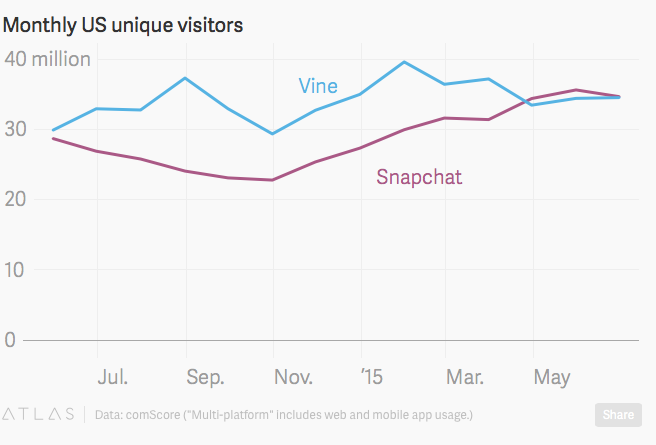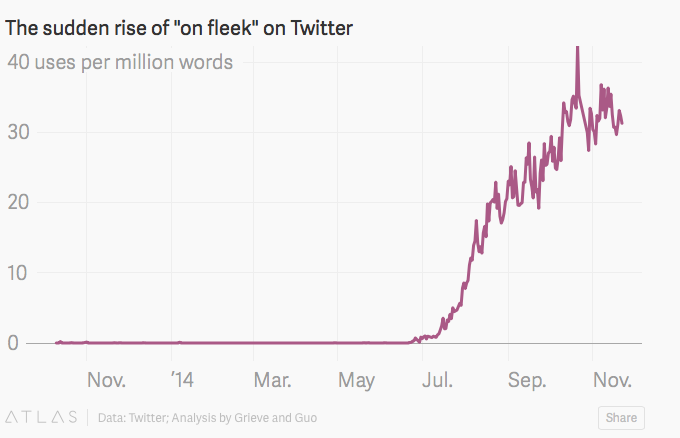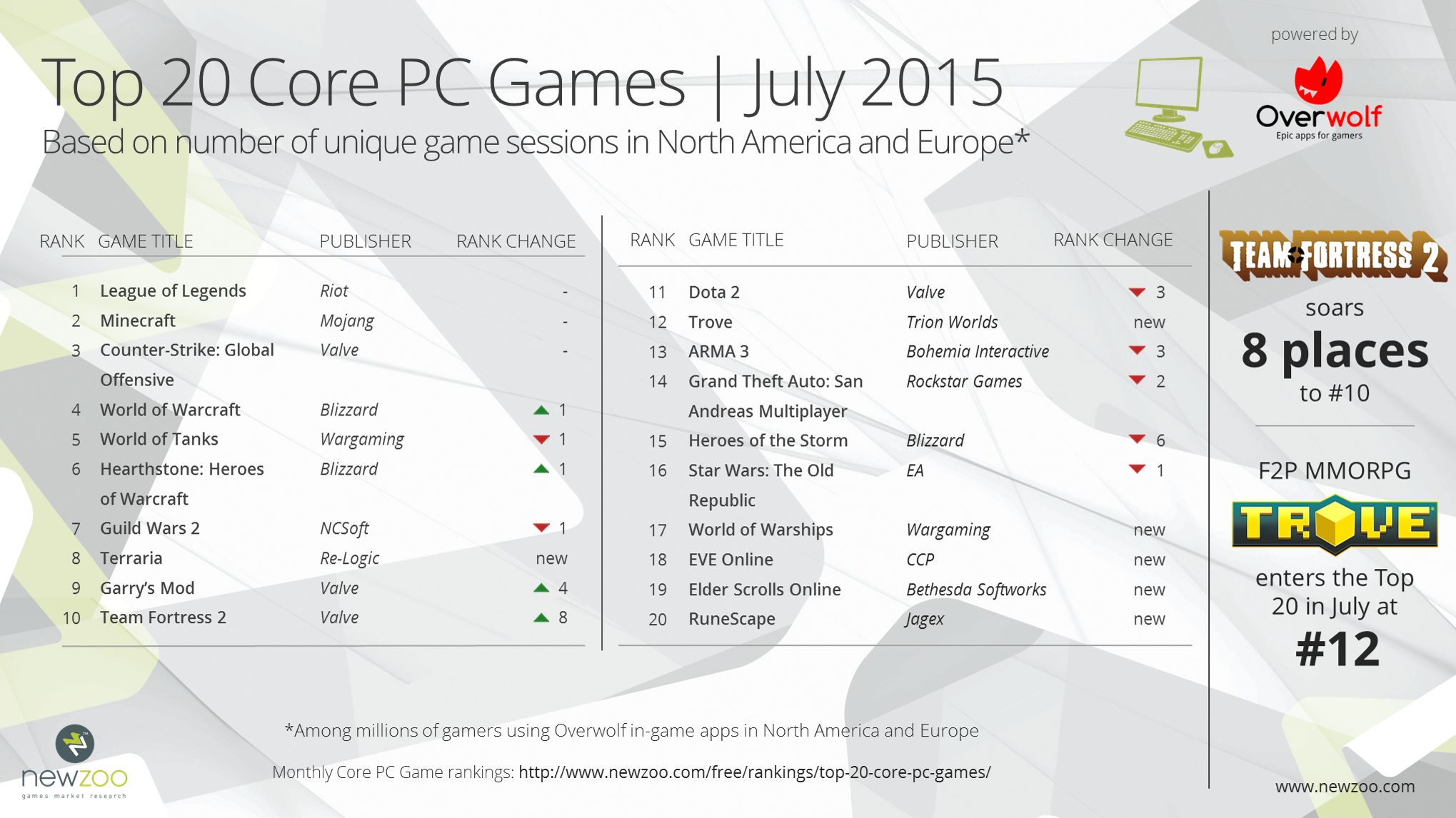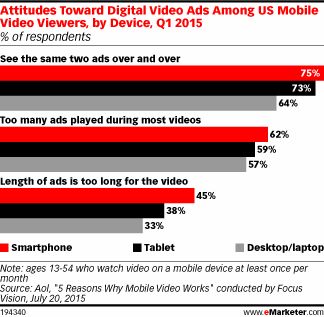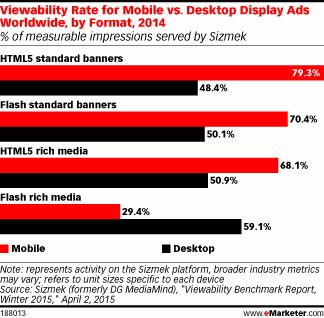The Internet of Things (IoT) enabled devices are becoming a bigger part of the marketing picture, with more companies utilizing them to get a better idea of how campaigns work, as well as customer preferences, according to a new report from eMarketer.
In a July 2015 study put together by 2nd Watch, almost six in ten U.S. IT and business executives said they utilize machine data and the Internet of Things devices for digital marketing. That said, it’s still somewhat in the beginning stages, as two-thirds of users are still getting used to the practice.
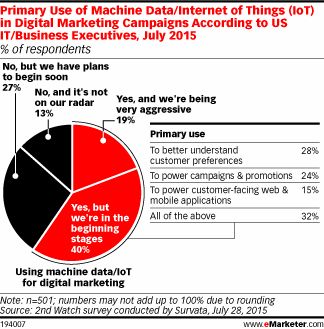
As you can see from the chart above, there are many factors that benefit from using both data and IoT for marketing purposes. The main one appears to be getting a better understanding of what customers want in terms of preference, although being able to power new campaigns and promotions, as well as improving web and mobile applications, also play a part. All three factor together to get the highest vote on the overall chart.
These efforts seem to be paying off as well, with 43 percent of those polled saying these methods have been greatly successful when it comes to consumer engagement and meeting generation goals. 27 percent of those polled went even further, saying it was “extremely effective,” as indicated by the chart below.
On top of that, the International Data Corporation states that adoption levels are picking up, with IoT-related sales reaching $660 billion last year worldwide, with a forecast leading up to $1.70 trillion by 2020 — not even including traditional electronic devices like desktops and smartphones.
There’s more to the marketing picture beyond that as well. A new report from Marketo breaks down results from 500 high-level marketing executives, looking at three main factors — driving engagement, experience and revenue. Some of the results are compiled here, but we’ve broken them down below.
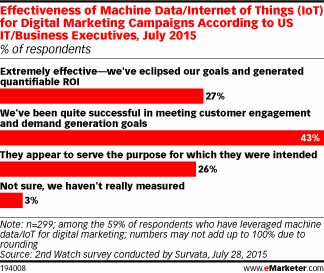
- Over 80 percent of all marketers say that their organizations will need to undergo dramatic changes in order to keep up with increased technical and consumer demands 68 percent of marketers feel they are viewed as a cost center today; however that is going to shift dramatically. In fact, in three to five years, 80% of marketers say they will be seen as driving revenue for their companies
- While roughly a third of all marketers say they own the customer relationship and engagement today, that shifts dramatically in three to five years as nearly 75 percent (!) of marketers say that they will own end-to-end customer engagement
- Marketers’ #1 investment over the next 12 months is in making a shift to digital marketing and engagement; perhaps not surprisingly, they also say that the top 2 areas of skill development in their organizations are in the areas of Marketing operations/technology and digital engagement.
- The importance of data and technology to make these shifts can’t be understated with more than 80% of marketers saying they will use data and technology to connect with customers and engage them in a conversation to build advocacy and trust over the next three years.
